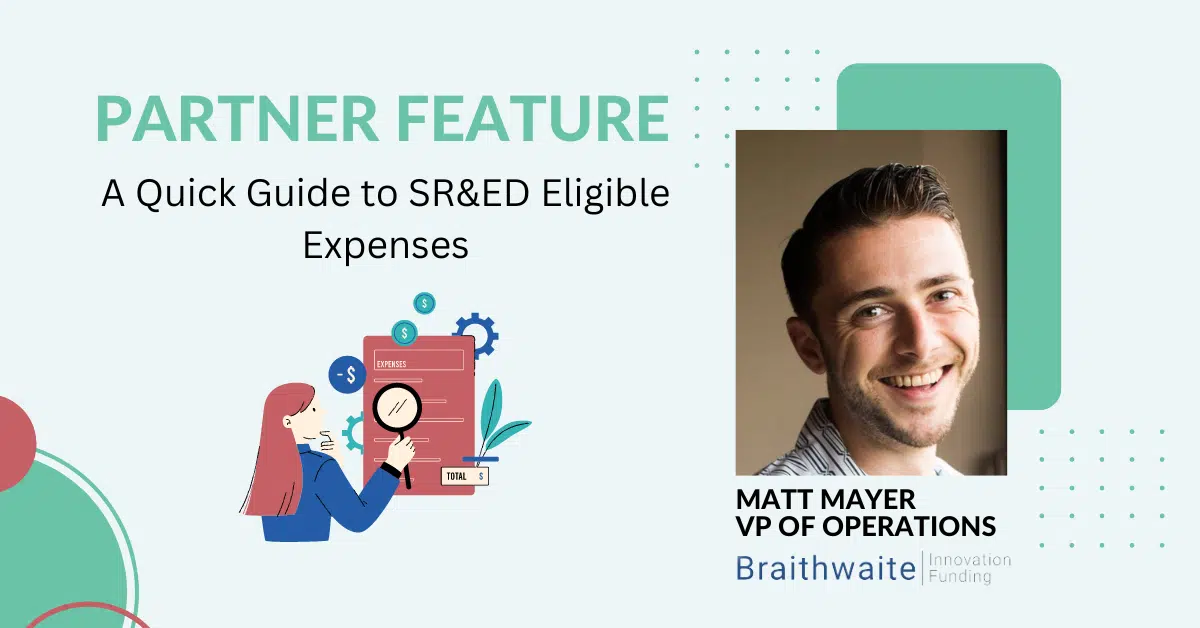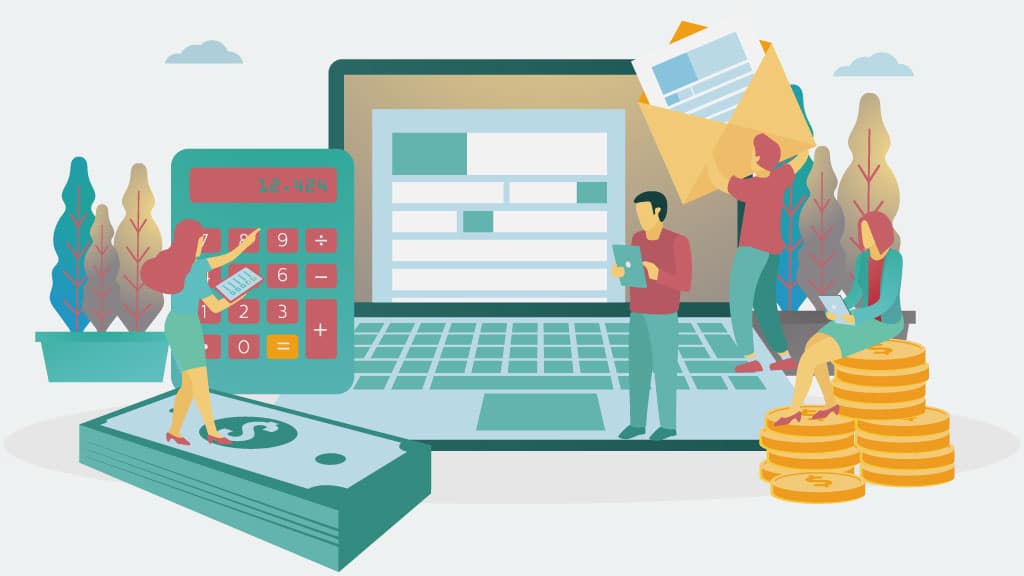Reading time: 4 minutes
The new decade has started with what will be one of its most defining moment. COVID-19 isn’t only affecting people’s health around the world but it has also plagued the market with uncertainty. Investors dislike nothing more uncertainty, risk and deflation. So, they too are going to stay home and keep their cash in their pockets, for now at least. As the value of companies is compressing, startups are going to find it a lot more challenging to raise funds.
As a founder, you need to take some time and think realistically about your company’s cash flow and runway. How much money do you have coming in every month and how much is going out? If the answer is a negative number, that’s your monthly burn. Many startups burn through cash until they’ve scaled enough to become profitable. The market has been very supportive of cash flow negative companies for about a decade. However, at times of uncertainty VC’s are extra skeptical and may not want to bet on your company making it, and getting to (and staying in) a cash flow positive position. As a result of this, your company could have a lower valuation than it would have a few months ago.
When there’s an economic downturn, the market looks at a company’s metrics differently and the value it places on each of them changes. Because capital is scarce, your burn rate may matter more than your growth rate or even revenue. And for good reason, the number 1 reason why companies go bankrupt is that they run out of cash. When you know your burn rate, and how much capital you have, it’s very easy for you to do the maths and determine how long your runway is. Many startups operate hoping that they’ll get to raise capital before their runway ends, an assumption that used to be in many ways safe. However, capital is going to be a lot harder to come by and more expensive making it much less of an option, especially to smaller startups that have not yet proven their track record.
Your goal as a founder is to make sure you’re funded until you’re able to sell more equity (at a good valuation). That’s why you need to start thinking now. What if your projected funding round is effectively pushed back a year or two thanks to the new economic situation, what are you going to do?.
Focus on profitability
You need to understand which metrics are important to VC’s and work on improving them, but you should make profitability your biggest priority. Tackle this head-on by cutting on costs. Trim down unnecessary expenses. Make sure you understand the importance and ROI of each aspect of the business when you’re looking at it. You’ll also want to communicate your plan to employees who might have to change their work based on an expense cut such as cancelling a software subscription. Your second forefront is revenue. See if you’re able to upsell to current clients or if there’s a new avenue of revenue that you can explore with minimal costs. Every dollar you spend less or make more will put you in a stronger position.
Get capital now
If your runway is not very long, you need to secure cash ASAP. Raising equity is a long process and you don’t have a lot of time and so debt can be your best option. Instead of diluting your equity at a time where valuations will be on the lower side, why not borrow? Although you’ll be paying interest on your loan, it’s saving your equity for a time when you can sell at a higher value. If you have tax credits, government grants, monthly recurring revenue, or accounts receivable, you can look into financing them and getting your hands on cash now then paying it off when you receive your refund from the government months later. SR&ED loans are flexible in size, too. The more R&D work you undertake, the more you build that asset until the day you file your claim and the day you get back months later. Financing your claim can put money in your bank account in as little as three business days.
At Venbridge, we can combine your filed SR&ED claim with your accrued SR&ED to qualify you for a larger loan. Having this money in your back pocket can ensure you a longer runway or help you invest in boosting profitability. This way you get to grow your company without having to sell equity for a lot less than its value until the economy has recovered from the downturn.




